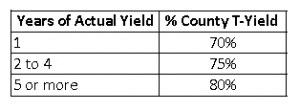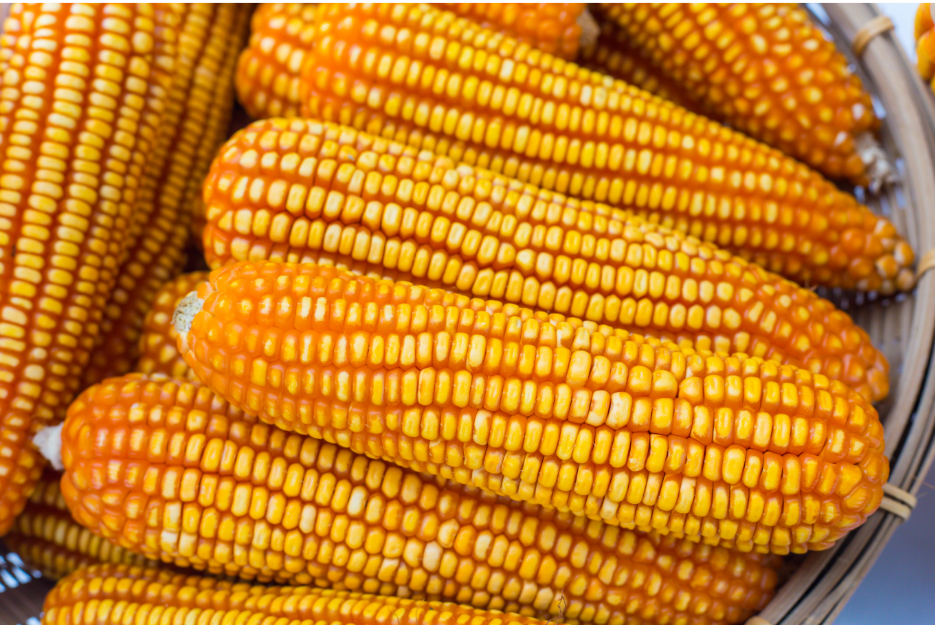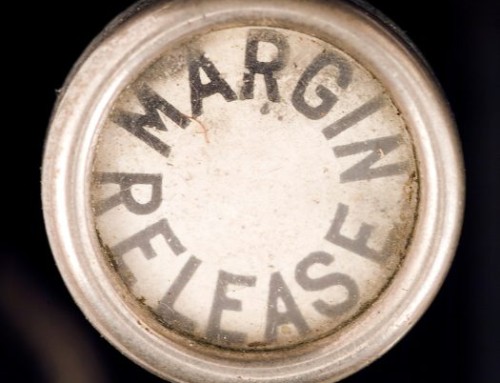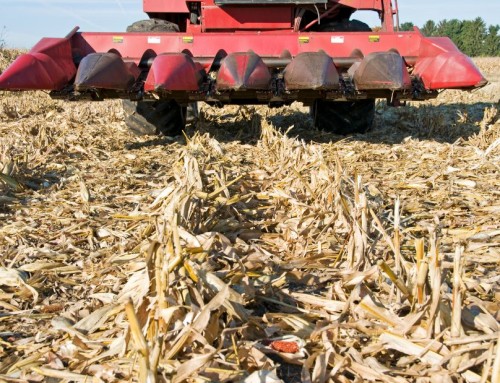Every year you report your production to your crop insurance agent. This yield history creates your approved APH yield used to determine your crop insurance coverage. There are a few factors that can modify your actual yields to increase your approved APH yield.
What factors can modify approved APH yields?
Yield Floor – This coverage is included in the base policy. It prevents the approved APH yield from falling below a % of County T-Yield. The % is based on the number of years in the database with actual yields. See the chart below.

Yield Cup – Prevents the approved APH yield from decreasing more than 10% below the prior year’s approved APH yield.
Yield Adjustment – Allows low yields to be replaced with 60% of the county T-Yield.
Yield Exclusion – Allows yields to be excluded from their production history. The Yield Exclusion option is only available when a county becomes eligible in a given year. The county’s yield must be below 50% the average of the previous 10 consecutive crop years.
Trend Adjustment – Allows yields to be adjusted to reflect increased yield trends in the county.
Quality Loss– Allows post-quality yields to be replaced with pre-quality yields.
How do these factors work together?
Trend Adjustment is a popular option to add to crop insurance policies, because it adjusts yields to keep up with county trends. Past yields in a database are enhanced to reflect a yield you may see today. In Central Iowa it is common for a farmer to receive a 10 bushel + increase in APH yield due to the trend adjustment.
By electing Trend Adjustment, a Yield Floor or Yield Cups don’t apply. Therefore, many farmers use Yield Adjustment to protect against low yields, Quality Loss to protect against low post-quality yield, and Yield Exclusion when the county qualifies. See below my blog post Yield Exclusion Opportunity for 2020 Corn Yields to learn more about this option.







Get Social